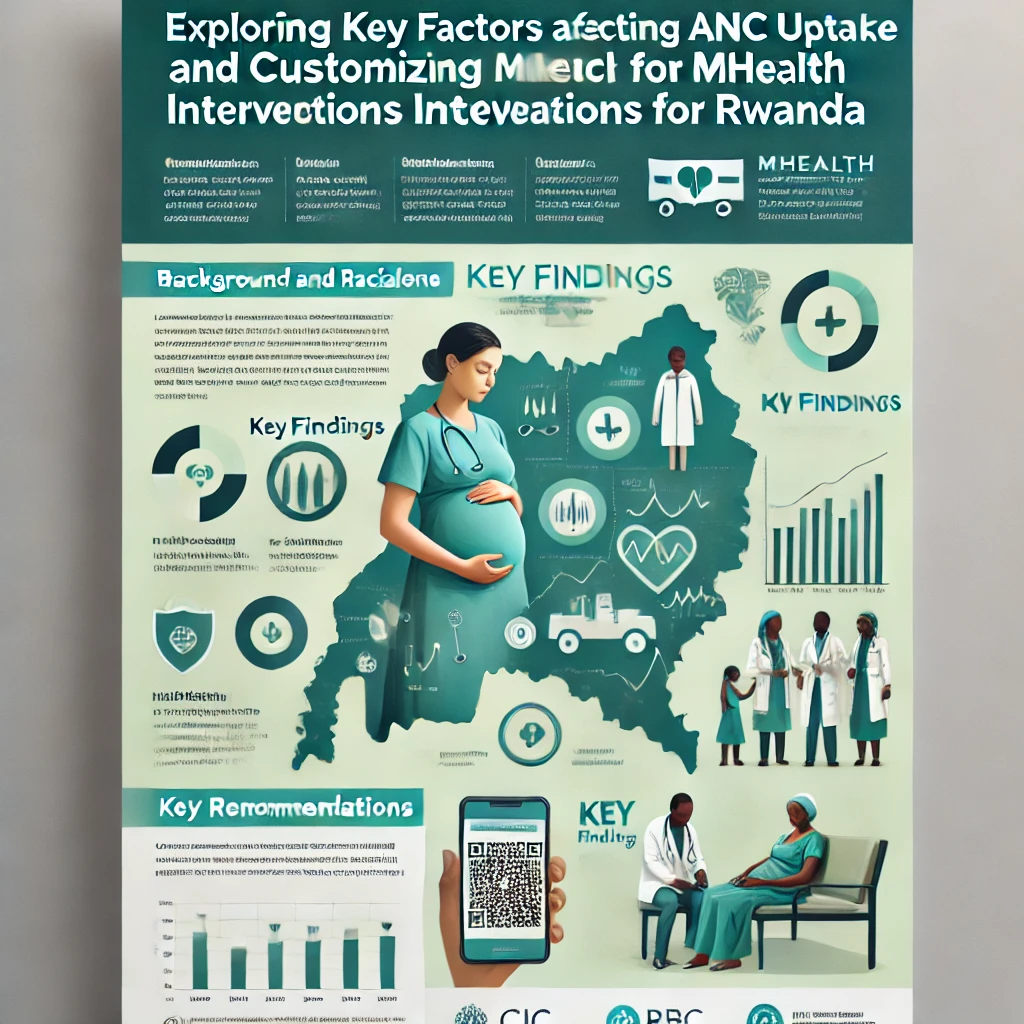Rwanda has made tremendous efforts to reach Millennium Development Goals (MDGs) 4 and 5 and the use of general maternal and child health services over the past two decades. However, challenges remain in the use and completion of recommended antenatal care (ANC) and postnatal care (PNC) visits. This mixed methods cross-sectional study explores enabling and hindering factors affecting the use of ANC and PNC services, including the quality of services delivered to pregnant and lactating mothers.
We used published international and local standards of ANC and PNC care to create a multi-faceted variable to define the quality of care delivered. Depression knowledge and practices among health care providers and the quality of ANC and PNC delivered were assessed with vignettes, patient exit interviews, and focus group discussions. Depression status among pregnant and postpartum women was assessed using the PHQ-9, and patient satisfaction was assessed on a Likert scale and through focus group discussions.
Most pregnant women were satisfied with their care (73.9%); however, the quality of ANC (10%) and PNC (24.6%) was low. Higher adjusted odds of achieving ANC client satisfaction were associated with being married, higher parity, more time spent at the health center, and higher travel costs. Recommended ANC standard visits were associated with being married, having higher parity, having health insurance, and having a history of stillbirth. Receiving the recommended quality of ANC services was associated with being married, having higher parity, having health insurance, spending longer at the health center, and having a history of stillbirth. CHWs and community factors were identified as mediators to improve knowledge and information related to ANC services among pregnant women, women who stopped using ANC services, and their partners. The MomConnect digital tool was reported by respondents as likely to improve decision-support through ANC reminders of key pregnancy dates, the content of ANC visits, and expected outcomes for each visit, as well as reporting attitudes of health care workers and client satisfaction.


